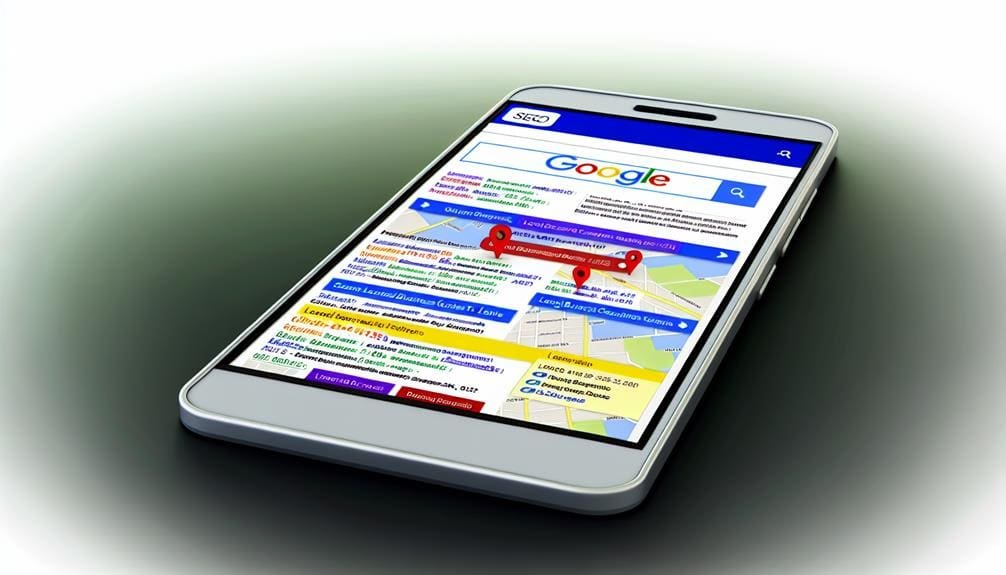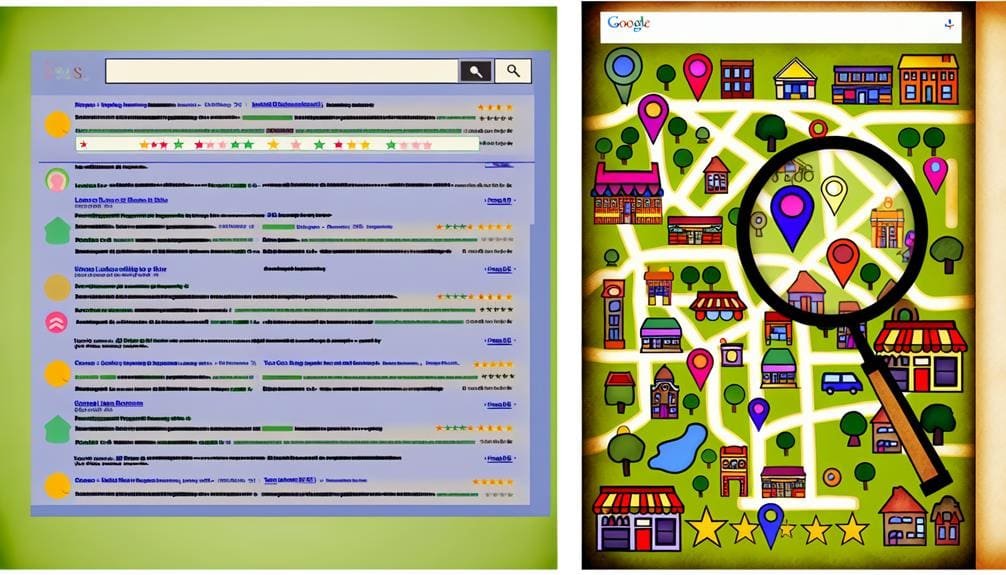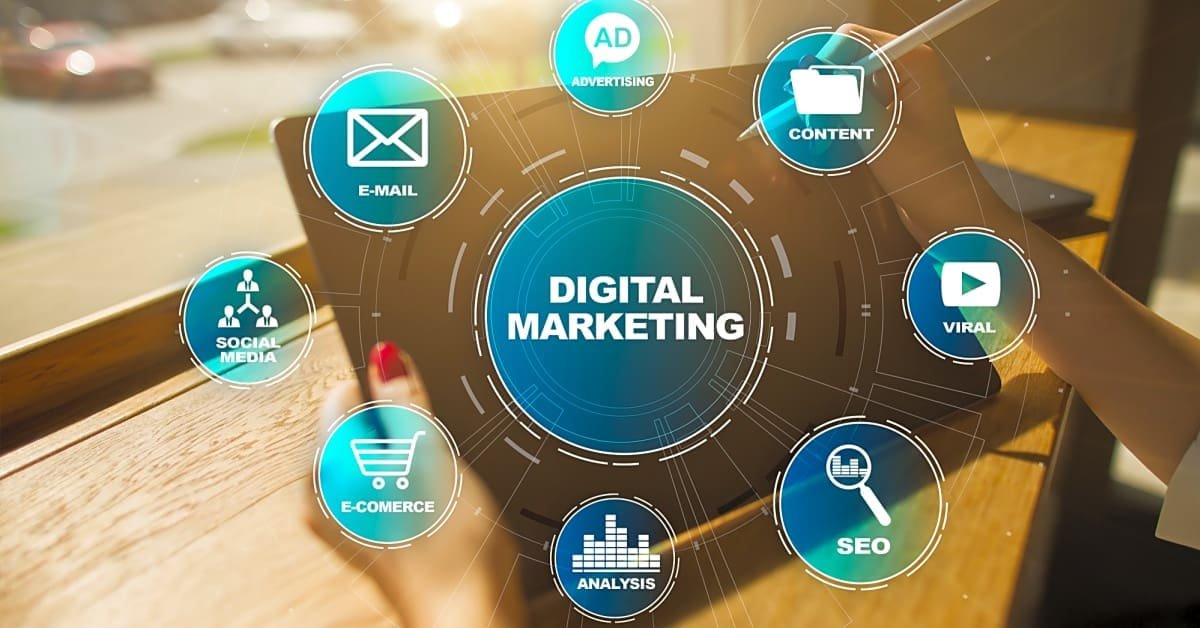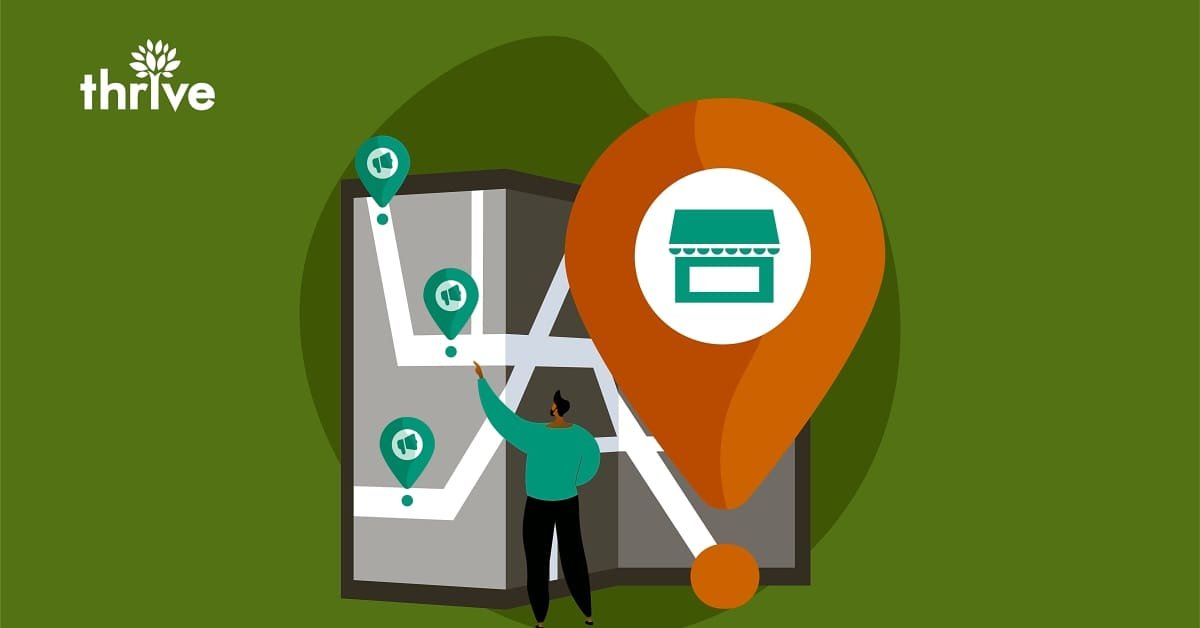Hyperlocal SEO Services
12 Key Strategies for Mobile SEO in Your Area
March 24, 2024 | by Jacob Cavazos
4 Key Strategies for Hyperlocal Google Ads Success
March 14, 2024 | by Jacob Cavazos
What Is Hyperlocal SEO for Multi-location Brands?
March 14, 2024 | by Jacob Cavazos
Why Does Hyperlocal Content Elevate Your SEO Game?
March 7, 2024 | by Jacob Cavazos
6 Best Hyperlocal SEO Strategies for Service Providers
March 2, 2024 | by Jacob Cavazos
11 Tips to Elevate Your Local SEO Presence
February 29, 2024 | by Jacob Cavazos
8 Best Tactics for Local Directory Visibility
February 2, 2024 | by Jacob Cavazos
12 Key Strategies for Hyperlocal SEO Link-Building
January 31, 2024 | by Jacob Cavazos
What Does Hyperlocal SEO Competitor Analysis Entail?
January 30, 2024 | by Jacob Cavazos
Local SEO Audits: Your How-To Business Guide
January 28, 2024 | by Jacob Cavazos
Hyperlocal SEO: Key Advantages for Restaurants
January 20, 2024 | by Jacob Cavazos
4 Best Hyperlocal SEO Tactics to Elevate Sales
January 20, 2024 | by Jacob Cavazos
9 Best Strategies for Tailored Hyperlocal Advertising
January 18, 2024 | by Jacob Cavazos
Enhance Your Hyperlocal SEO With Voice Search Tactics
January 18, 2024 | by Jacob Cavazos
Elevate Your Hyperlocal Organic Search Presence
January 15, 2024 | by Jacob Cavazos
Affordable Strategies for Hyperlocal Search Success
January 13, 2024 | by Jacob Cavazos
What Are Geo-Targeted SEO Campaigns for Local Reach?
January 13, 2024 | by Jacob Cavazos
What Is the Key to Hyperlocal Targeting Success?
January 11, 2024 | by Jacob Cavazos
Crafting Hyperlocal Content for SEO Triumphs
January 5, 2024 | by Jacob Cavazos
Faster Execution of Campaigns: Maximizing the Benefits of Working with a Marketing Agency in San Antonio
November 9, 2023 | by Jacob Cavazos
How to Choose the Right Marketing Agency for Your Business in San Antonio
November 9, 2023 | by Jacob Cavazos
ROI Strategies: Max Business with a Marketing Agency in San Antonio
November 8, 2023 | by Jacob Cavazos






















